Development class could turn heads at Landsailing Worlds
Published on February 19th, 2014
During the 2014 Landsailing World Championship, which will be held July 12-19 near Austin, Nevada in the USA, there will be several classes gathering to kick dirt on Smith Creek Playa. However, it could be a relatively new class – the International 5.6 Mini – that turns heads with its simplicity and rapid worldwide growth.
The 5.6 Mini has deceptively uncomplicated design rules that allow a lot of innovation. The most interesting rule concerns the platform of the vehicle. Specifically, when the land yacht is on a flat surface, the lower portion of all tires (presumably three) must fit inside a continuous length of small diameter rope 5.6 meters long. This offers the possibility of yachts with long wheelbases and narrow tracks or just the opposite, and everything in between.
Interestingly, the rules do not specify how the 5.6 Mini races will start. The vehicles are small and maneuverable enough, however, that most 5.6 Mini regattas now feature rolling starts, which is very unusual in land yachting.
Smith Creek Playa is very wide compared to beach race courses. As a result, the race committee can optimize the length and depth of the “starting box” in which the Mini yachts circulate during the timed countdown to the start. “We believe Smith Creek’s size offers us the opportunity to have the best big-fleet starts ever held for the 5.6 Mini Class,” stated Dennis Bassano, President of NALSA, the host organization for the regatta.
The 5.6 Mini rules do not mention sail area, which also is unusual, because virtually all other land yacht classes have sail area restrictions. This non-rule means that heavier sailors can use a larger sail if it suits them and essentially permits unlimited sail area, an exciting prospect.
The rules do not specifically prohibit streamlined bodies and “wheel pants” so these features also are increasingly seen on Minis as innovators figure out ways to reduce aerodynamic drag.
It is the simplicity of the class rules that opens the door for some very interesting vehicles, and it is expected that this development class will put on quite a show at the Landsailing World Championship.
Event website: http://www.nalsa.org/Worlds2014Splash.html
5.6 Mini Yacht Rules
– Any assembled land or sand yacht that fits inside a continuous loop of rope 5.6 meter long.
– The rope must lie on the ground. The touching part of the tires on the ground must fit inside the rope.
– The tire size is maximum 400×8
– The mast must be a circular tube; no wing section
– It is recommended that a mini yacht has an effective brake.
Photos below by Carels Photography show 5.6 Mini design diversity.
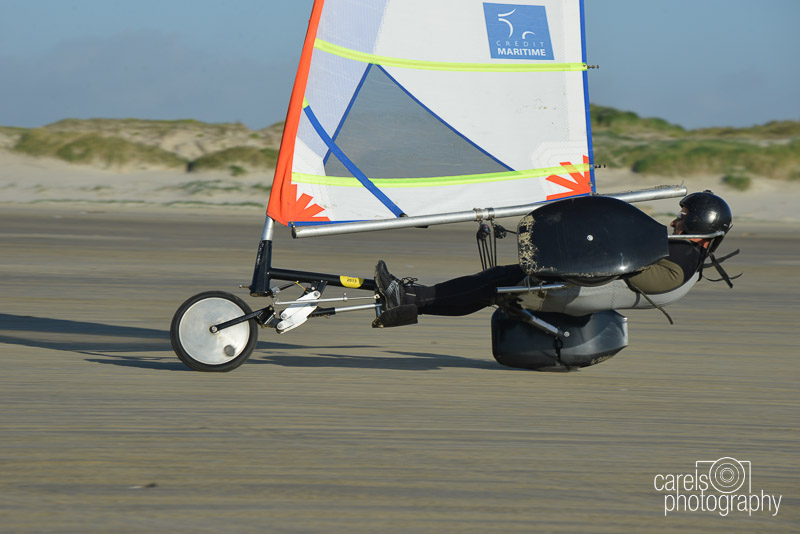
Report by Russ Foster, NALSA Media Coordinator
Landsailing Background Information
About landsailing: A landsailer or landyacht is a wheeled vehicle with a sail for propulsion and is powered solely by wind. Most landsailers use cloth sails to good effect, but wing sails similar to those on the latest America’s Cup catamarans have been used successfully on landsailers since the early 1980s. Most landsailers have a single mainsail and no headsail (jib).
History of Landsailing: For centuries, wheeled sailing vehicles were employed for commerce. In the 19th century, Europeans began constructing landsailers for pleasure and competition. In the U.S., landsailing got its start in the 1960s, and the North American Landsailing Association (NALSA) was incorporated in 1972 by Don Rypinski.
Modern Landsailing: In Europe, landsailing is primarily practiced on beaches. In the United States, most landsailing occurs on dry lake beds in the deserts of the western U.S. and on beaches. There are thousands of landsailors throughout the world, with national and international competitions.
Landsailing Organizations: The International Federation of Sand and Land Yachting (FISLY) is the organization that oversees the sport worldwide, and it comprises some 20 member organizations which represent the individual countries and classes that compete in landsailing races. Founded in Europe in 1962, FISLY is the rule-making body for the sport, and it oversees and sanctions numerous competitions each year.
About NALSA: FISLY’s American affiliate, the North American Landsailing Association (NALSA) provides similar functions for events held in the U.S. NALSA is an all-volunteer non-profit umbrella organization for landsailing clubs throughout the U.S. Its President is Dennis Bassano of Santa Cruz, CA. It was incorporated in 1972 and each year organizes the America’s Landsailing Cup regatta held in the last week of March on Ivanpah dry lake near Primm, NV at the California/Nevada state line off Interstate 15. NALSA has hosted two previous World Championships at Ivanpah in 1990 and 2002.
Landsailing Competition: Many landsailing competitions are held throughout the world each year. Every two years, the World Championship (“the Worlds”) has been held in different host countries-Argentina in 2008, Belgium in 2010 and France in 2012. NALSA will host the 2014 championship July 12th through 19th at Smith Creek Playa near the town of Austin in Northern Nevada. The 2014 World Championship will be the final one before the regatta moves to an every-four-year cycle, so the Worlds probably will not return to the U.S. for at least 20 years. This likely will result in a strong turnout of both international and domestic competitors.
2012 World Championships Facts (France): Countries competing were Argentina, Australia, Belgium, Brazil, Chile, Czech Republic, Denmark, England, France, Germany, Ireland, Italy, Netherlands, Russia, Scotland, Spain, Switzerland, United States. Number of entrants: 350.



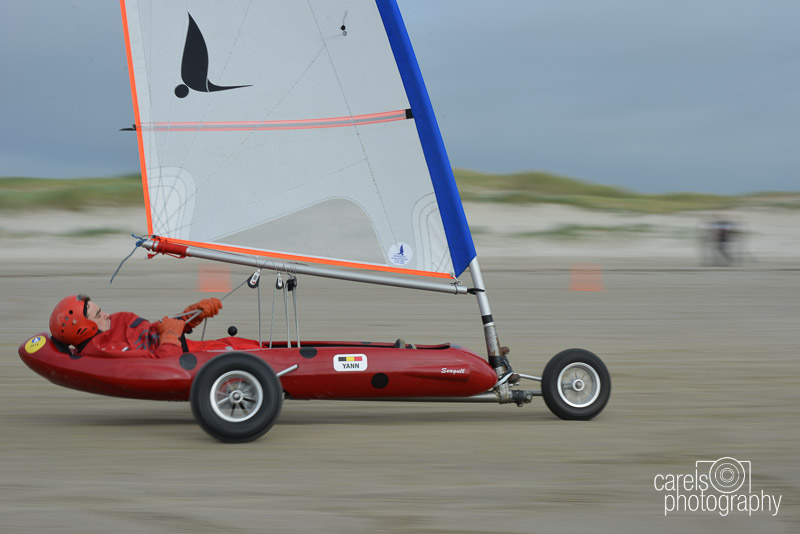

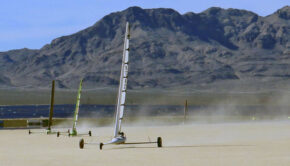
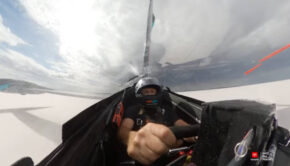
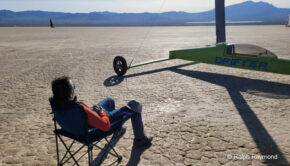
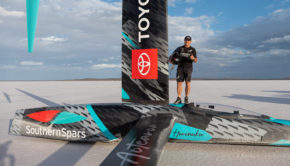
 We’ll keep your information safe.
We’ll keep your information safe.